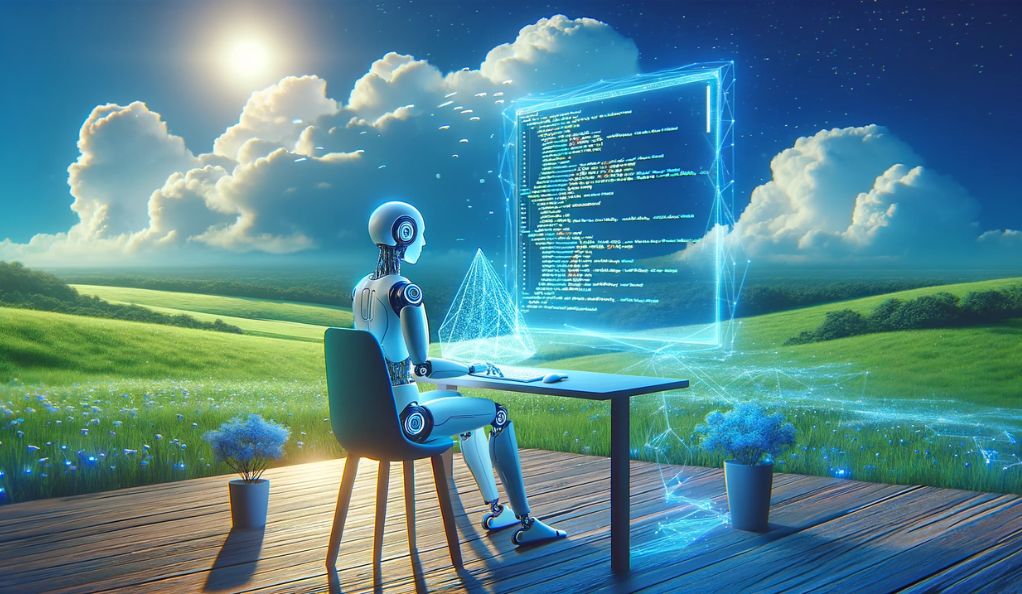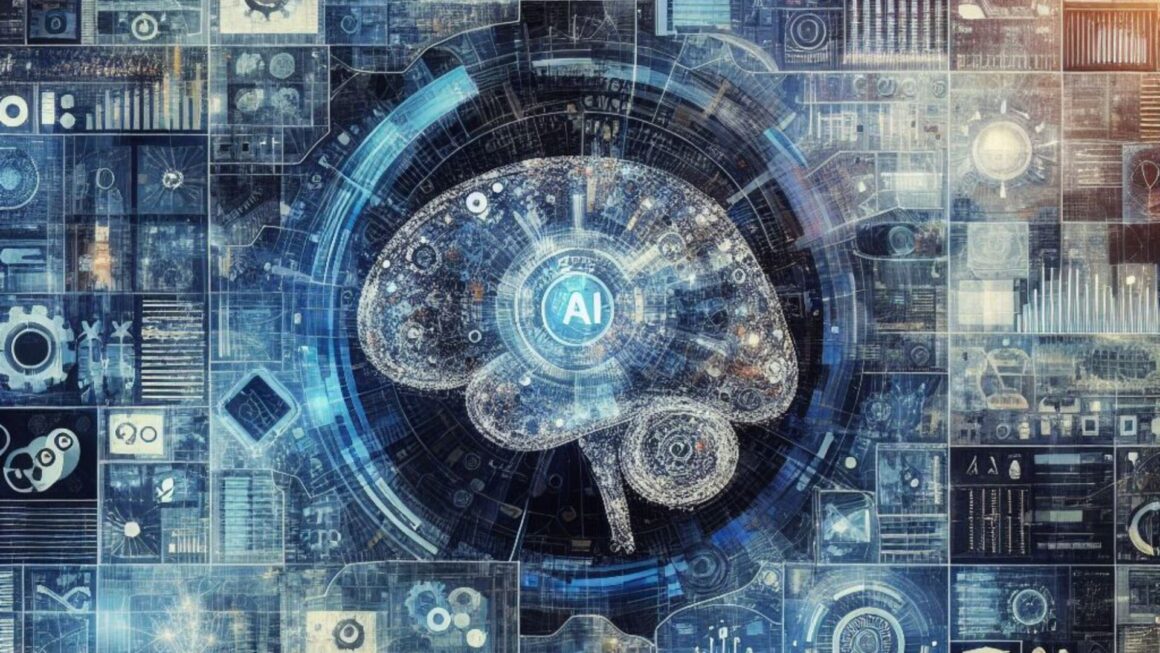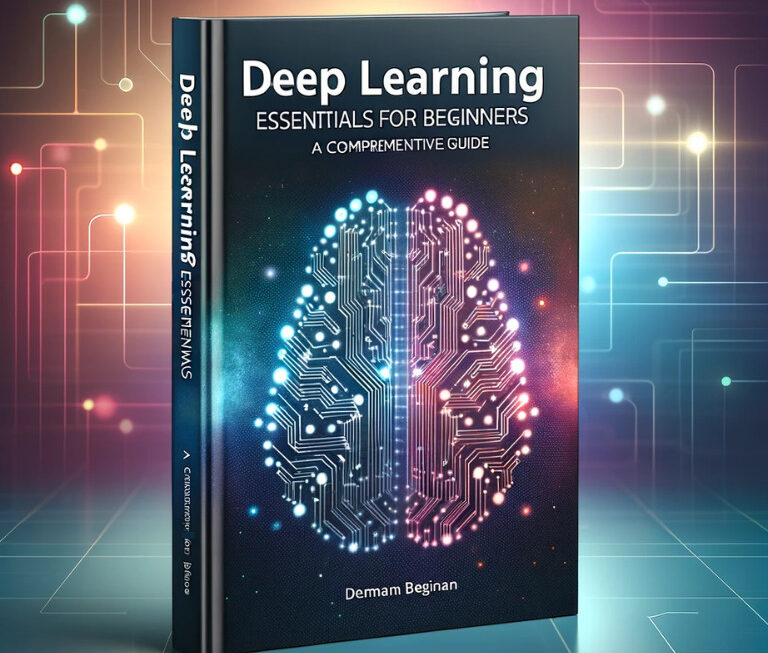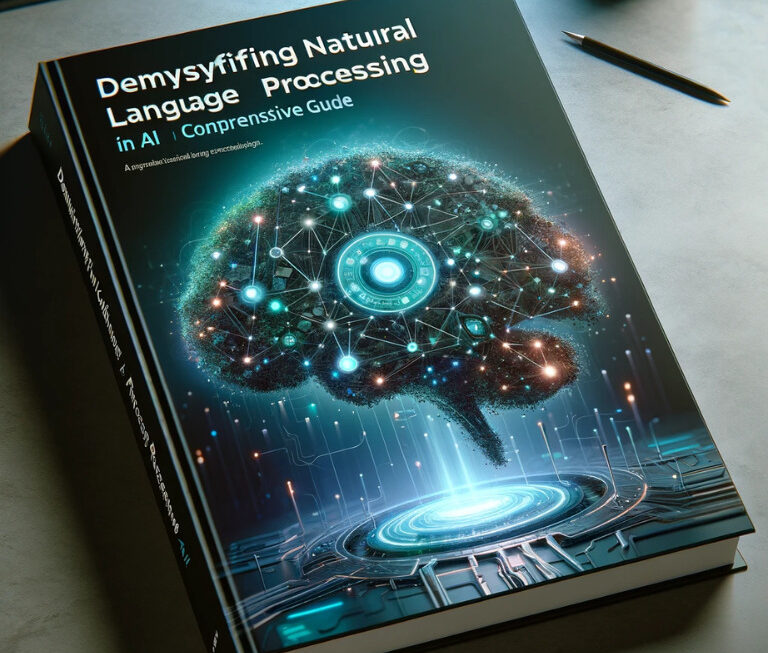Code cloning refers to the practice of duplicating code fragments within a software system. While it’s often a quick solution for developers under time constraints, code cloning introduces significant challenges in software maintenance and quality assurance.
Why is Code Cloning a Concern?
- Maintainability Issues: When the same code exists in multiple places, any necessary modifications or bug fixes must be replicated across all instances. This not only increases the workload but also heightens the risk of inconsistencies and errors.
- Increased Complexity: Cloned code contributes to a bloated codebase, making it harder for developers to navigate and understand the overall structure of the software.
- Bug Propagation: If the cloned code contains bugs, these are replicated throughout the system, leading to widespread issues that are often hard to track and resolve.
The Role of AI in Addressing These Challenges
Artificial Intelligence (AI) presents a novel solution to these challenges. By leveraging techniques such as machine learning and neural networks, AI-driven tools can efficiently identify duplicated code blocks, even those with syntactic variations. This capability is pivotal in maintaining code integrity and enhancing software quality.
The Evolution of Code Cloning Detection Techniques

The journey of code cloning detection has been marked by continuous evolution, adapting to the increasing complexity and demands of software development.
Early Methods: Text and Token-Based Approaches
Initially, detection methods were relatively straightforward, focusing on text and token-based comparisons. These techniques could identify exact duplicates (Type-1 clones) or syntactically similar fragments (Type-2 clones). However, their effectiveness was limited as they struggled to detect more complex clone types.
Advancement to Tree, Metric, and Graph-Based Techniques
As software development practices evolved, so did clone detection methods. Tree, metric, and graph-based techniques emerged, offering more nuanced detection capabilities. These methods could analyze code structures and dependencies, enabling the identification of functionally similar code with structural variations (Type-3 clones).
The Shift to Hybrid Approaches
Recognizing the strengths and weaknesses of each method, researchers started developing hybrid approaches. These combined various techniques to enhance accuracy and coverage, especially for detecting Type-4 clones, which are semantically similar but syntactically different.
The Integration of AI and Machine Learning
The most significant leap in this evolution came with the integration of AI and machine learning. These technologies brought a new level of sophistication to code clone detection, allowing for the analysis of complex patterns and semantics beyond the capabilities of traditional methods.
This historical perspective sets the stage for understanding the revolutionary impact of AI in code clone detection, which will be explored in the following sections.
Deep Learning in Code Clone Detection
Deep learning, a subset of machine learning, has emerged as a pivotal tool in detecting code clones, especially for the more elusive Type 3 and Type 4 clones. These types are characterized by functional similarities despite syntactic differences, posing a significant challenge for traditional detection methods.
import tensorflow as tf
from tensorflow.keras.models import Sequential
from tensorflow.keras.layers import Dense, LSTM, Embedding
# Sample model architecture
model = Sequential()
model.add(Embedding(input_dim=10000, output_dim=128))
model.add(LSTM(128, dropout=0.2, recurrent_dropout=0.2))
model.add(Dense(1, activation='sigmoid'))
model.compile(loss='binary_crossentropy',
optimizer='adam',
metrics=['accuracy'])
# Model summary
model.summary()Utilizing Convolutional Neural Networks (CNNs) and Recurrent Neural Networks (RNNs)
Deep learning models like CNNs and RNNs are adept at analyzing patterns in large datasets. In code clone detection, they effectively discern intricate code patterns and similarities, even when the code structure varies significantly.
Enhancing Semantic Understanding
These models excel at understanding the semantics of the code, going beyond surface-level syntax. This capability is crucial for identifying Type 4 clones, where the semantics are similar but expressed differently.
Deep learning’s contribution to code clone detection marks a significant advance, offering a level of precision and efficiency previously unattainable. The next section will delve into the specific role of neural networks in this field.
Neural Networks: The Frontier in Clone Identification

Neural networks, a cornerstone of AI, have revolutionized the field of code clone detection. These networks, designed to mimic human brain functioning, excel in identifying complex patterns in data, making them ideal for detecting cloned code.
Differentiating Between Clone Types
Neural networks are particularly effective in distinguishing between the various types of clones. They can handle the nuanced differences between Type 3 (structurally similar but syntactically different) and Type 4 (semantically similar but syntactically distinct) clones, which are often challenging for traditional methods.
Learning from Large Codebases
By training on extensive codebases, neural networks develop an intricate understanding of coding patterns and styles. This training enables them to detect clones with high accuracy, even in large and complex software systems.
The Impact of Code Clones on Maintenance and Bug Propagation
Code clones significantly impact software maintenance and development, presenting challenges that extend beyond mere code redundancy.
Elevated Maintenance Costs
Duplicated code fragments lead to higher maintenance costs. When a bug is identified in a cloned segment, it often requires rectification in multiple places, consuming additional time and resources.
Bug Propagation Risks
Cloned code segments are prone to bug propagation. If the original code contains a bug, all its clones inherit the same issue. This multiplication of errors can lead to systemic flaws in the software, demanding extensive debugging efforts.
Impediment to Code Quality
Repeated code hampers the overall quality of the software. It can make the codebase cumbersome and difficult to navigate, complicating the development and update processes.
Understanding these challenges is key to appreciating the significance of AI in code cloning detection and management. The subsequent section will explore how AI-assisted strategies are transforming the refactoring of cloned code.
AI-Assisted Strategies for Refactoring Cloned Code

The advent of AI in software development has introduced innovative strategies for refactoring cloned code, enhancing both efficiency and code quality.
Identifying Refactoring Needs
AI tools, like Refact, employ sophisticated algorithms to analyze codebases, identifying sections that are prime candidates for refactoring. This process includes detecting duplicated or overly complex code that can be simplified or unified.
Automated Bug Detection and Resolution
These AI systems are not only adept at identifying issues but also capable of suggesting or even implementing fixes. They can generate patches for bugs detected in cloned code, streamlining the maintenance process.
Complexity Analysis and Code Transformation
Further, AI tools can assess the complexity of code segments, suggesting optimizations to improve readability and performance. Some even offer the capability to translate code into different programming languages, facilitating cross-platform development.
Future Trends and Challenges in AI for Code Cloning
The integration of AI in code cloning detection and management is an evolving landscape, ripe with potential yet faced with significant challenges.
Emerging Trends
- Increased Use of Machine Learning Models: As AI technology progresses, we can expect a surge in the use of advanced machine learning models, further enhancing the accuracy and efficiency of clone detection.
- Integration with Development Environments: AI-based clone detection tools are increasingly becoming a standard part of integrated development environments (IDEs), offering real-time detection and suggestions.
Challenges Ahead
- Handling Large and Complex Codebases: As software projects grow in size and complexity, AI systems must adapt to maintain efficiency in clone detection.
- Balancing Accuracy and Performance: Ensuring high accuracy in clone detection while keeping the performance overhead minimal remains a challenge.
- Ethical and Privacy Concerns: With AI analyzing extensive codebases, there are growing concerns about data privacy and ethical use of AI in software development.
Conclusion: The Role of AI in Enhancing Code Integrity
AI’s role in code cloning detection and management is transformative. By leveraging deep learning, neural networks, and sophisticated algorithms, AI tools are redefining how developers approach and maintain code quality. These advancements not only improve the efficiency of detecting and refactoring cloned code but also significantly reduce the maintenance burden and the risk of bug propagation. As AI continues to evolve, its integration into software development promises a future where code integrity is more robustly upheld, leading to higher quality, more reliable software products. This progression underscores the crucial impact of AI in the realm of software engineering.



